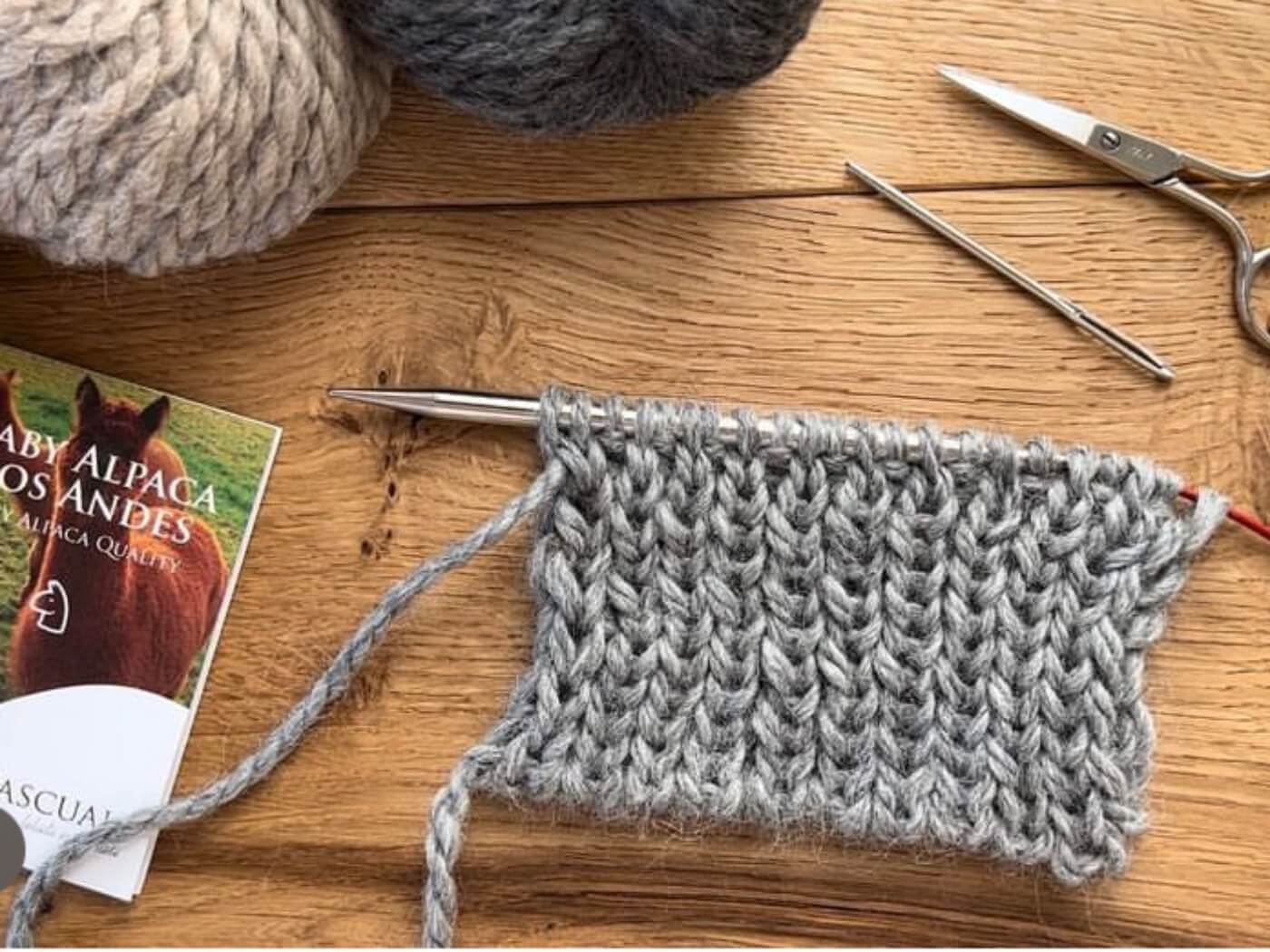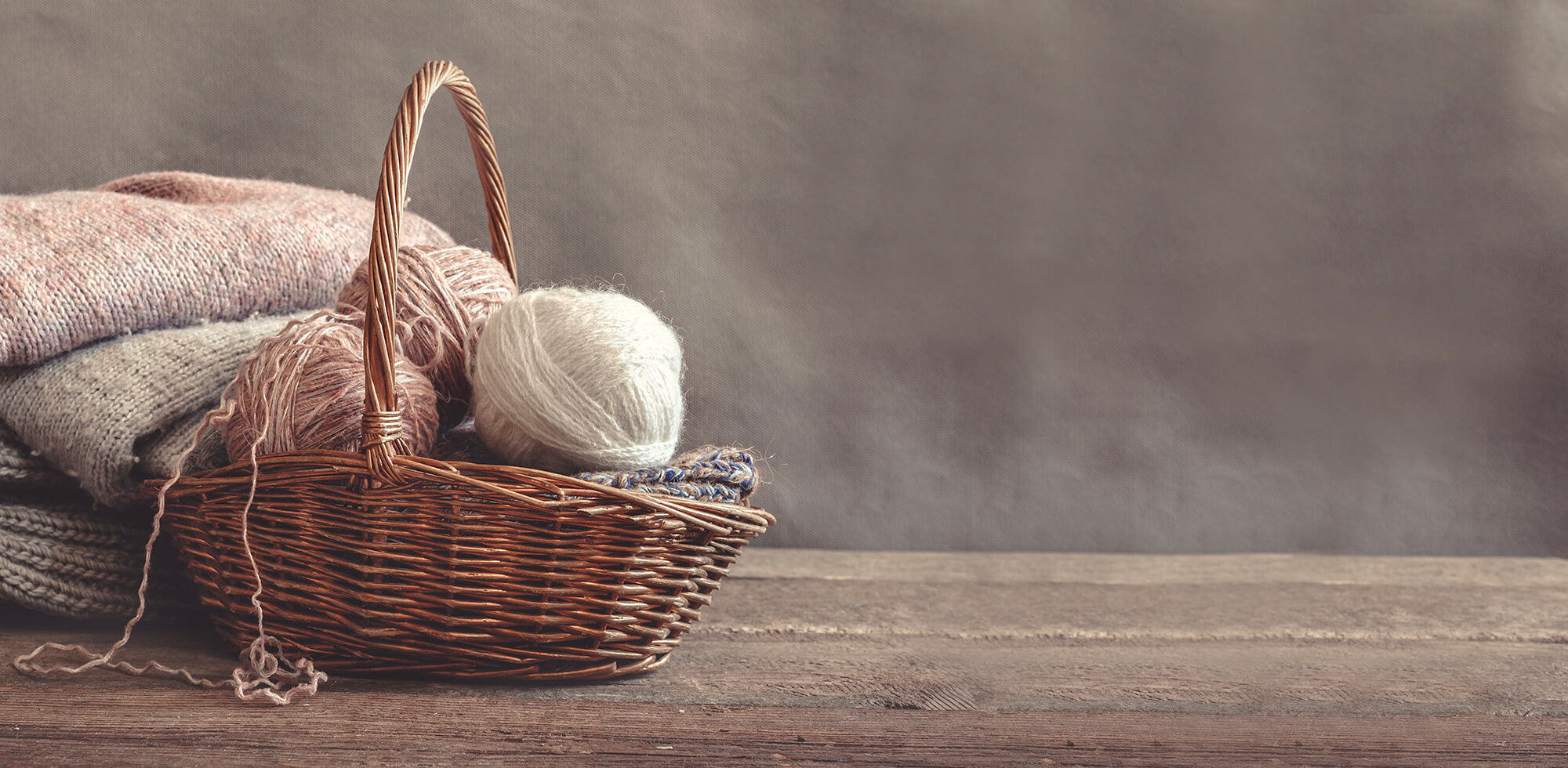By Claudia Ostrop
Regarding this topic, we have some good and some bad news. The good news is that charts can make knitting patterns a lot easier because they are like a map that illustrates how a pattern will look when it is knit up. The bad news is that charts (like many things in the world of knitting) are not standardized, so there are several ways of writing and thus reading a chart. Also, stitch symbols ae not universal.
But there is a rough framework within which most knitting charts move - including the Pascuali patterns, of course. In the following blog, we will explain the basics of "charts" and talk about a few special cases.
Knitting Charts – Stitch by Stitch
A knitting chart is basically nothing more than a grid in which individual stitches are marked with symbols or colours. You knit stitch by stitch following the individual boxes. It's actually a bit like painting by numbers!
The box pattern of the knitting charts is not read from top to bottom and from left to right, but the other way around:
From bottom to top, starting on the right. Why?
The reason for that is quite simple: because you read the diagram the same way you knit. You work stitch by stitch on the needles from right to left and build up new rows and rounds upwards.
Everything that has to be knitted in a specific section is recorded in a knitting chart: increases and decreases as well as knit or purl stitches, yarn overs, cables, colour changes, etc.
The Pattern Repeat (or Rapport)
In the simplest case, the chart shows a rectangular area (e.g. 15 stitches over 10 rounds/rows), which is repeated in width and height according to the instructions. The individual stitches are identified by symbols that are explained in the associated legend.
If the pattern rapport, does not repeat itself completely over the entire round or row, then the knitting chart often also graphically depicts the "edges". The area to be repeated is then outlined with a coloured border around the stitches.
Increases or decreases are shown in several ways. The chart may have slashes on one or both outer edges, or the rows/rounds before and after the increases and decreases are shown as white spaces (outside the pattern box).
Let's assume that the chart we are using is fully filled (we'll deal with the others later). A chart has a horizontal axis and a vertical axis: the horizontal axis counts the stitches and the vertical axis the rows. The stitches and the rows or rounds are usually numbered: from 1 to x for the stitches and for the corresponding number of rows or rounds.
Knitting in the Round According to a Chart

So: from bottom to top, from right to left.
Knitting in Rows According to a Chart

Now it gets a little more complicated, at least at first glance.
Again, you start with the stitch at the bottom, on the far right of the diagram.
The first row of the knitting chart is followed from right to left and the rapport is repeated as often as the pattern specifies - this information is in the written pattern; this cannot be inferred from the knitting chart (because it varies according to the different sizes).
Ideally, the chart shows all rows (the rows of small squares are always numbered, the numbers on the front row are usually on the right and those on the back row on the left). The back row is then knitted in such a way that the chart is “worked through” from left to right.
Here you have to be a little careful:
Most knitting charts depict the pattern as it should look later in the finished knitted piece. This is very helpful because you can see the result at a glance. But it also means that the symbols in front and back rows sometimes change their meaning! Don't worry, the legend points it out. An unfilled square usually stands for a knit stitch, a black loop for a purl stitch. In the legend it says next to these symbols "Right Side: knit, Wrong Side: purl" and vice versa. This may sound confusing, but if the diagram shows the pattern how it should look, it will also show how to knit the stitch.
There are, however patterns in which, for example, all stitches on the back rows are purled - in such cases, some designers do without the graphic representation of these back rows. So that means, it is best to pay a little attention and reading what the chart legend says.
Lace Pattern Chart

A knitting chart is not always a fully filled rectangle. Why this? Very simple: If increases or decreases are worked in the pattern, the stitches missing at the beginning or disappearing towards the end must somehow be taken into account in the diagram. You guessed it... many roads lead to Rome, and so there are different ways of designing the knitting chart with a variable number of stitches.
When increasing or decreasing throughout the chart, either “no stitch” placeholders are used and the repeat is found in a rectangular frame – or the chart expands when increasing or narrows when decreases are made through the rows or rounds. This looks completely different, but makes no difference. Areas in which there are no stitches - regardless of whether they have to be created later through increases or whether they are no longer there due to previous decreases - are ideally plain white, without a box pattern. However, they can also be "crossed out" by crosses/x signs or highlighted in colour - only a readeing the legend will help here.
Knitting Chart or Written Instructions?

When it comes to colour works like Fair Isle, written instructions usually make little sense. The colour changes can be represented very well in a knitting chart, and you can easily do the counting while knitting. 3k blue, 3k green, 1k blue, 2k green, etc., will probably be more difficult for most of us to read and implement than to follow the coloured pattern from the chart.
If you aren´t used to knitting charts, you'll probably be happy to know that most instructions for lace or cable patterns also offer a written description. Especially with complicated patterns with many different types of stitches, it can be easier to follow the abbreviations in the instructions than to follow a knitting chart with many different symbols. Or you can simply knit using both approaches - the written instructions can be helpful, especially in the first rows or rounds.
As is so often the case in life, it is ultimately a matter of taste which one is better for you. Visual types will mostly work from knitting charts, while others are more comfortable with the stitch-by-stitch instructions. The quality of the chart will always make a difference - if it's big enough and legible, it'll knit much better than when needing a magnifying glass to see the individual symbols.
A "problem" with knitting charts can be that you have to keep track of what line you are on. Once you have printed out the instructions, you can easily help yourself by attaching a sheet of paper with paperclips over the knitting chart in such a way that the rows/rounds already knitted are covered with the sheet. Of course, it is also much more elegant (and stable!) with holders specially designed for instructions and knitting charts (link from shop).
In this way, you can easily follow the pattern.
Hopefully, this blog has helped you understand that knitting charts aren't rocket science. Once you become familiar with the symbols used and know which rows are shown how, the chart in a pattern is often a real help to see, at a glance, what to do next!




